Pine lining: pros and cons
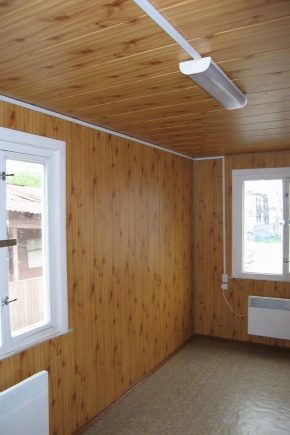
Pine lining is quite popular today. It has more advantages than disadvantages. Such spliced lining has a certain grade, in which it is necessary to understand in more detail in order to better determine the choice.
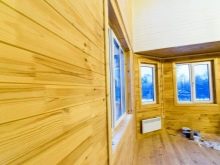

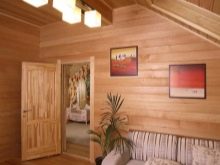
Peculiarities
The construction market is in a state of continuous development, offers for the choice of finishing materials are presented in the widest range. Continuous modernization of production technologies contributes to the improvement of product characteristics. There are two main areas: natural and artificial surfaces.
As a rule, natural materials are the preferred choice. For many years, one of the leading positions has been occupied by lining. The product came to a wide market from the world of railway transport. It has been used since the time of the development of Siberia and the construction of the Trans-Siberian Railway.
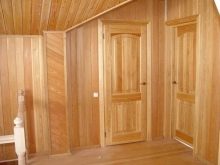
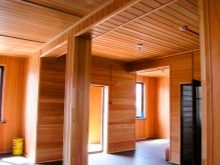
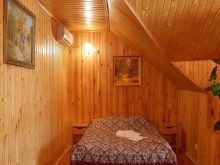
Thin planks of the same size with tongue-and-groove fastening are ideal for covering railroad cars. Over time, their amazing practicality made them extremely popular. Made from various types of wood (both deciduous and coniferous), the lining is an environmentally friendly product, ideal for indoor and outdoor use. Differs in natural beauty and at the same time is sold at an affordable price!
Pine lining is especially popular: it is extremely practical and demonstrates excellent aesthetic properties. A natural shade of yellow or yellow-red looks very interesting. Due to the natural basis, such lining is absolutely safe. Let's get to know this amazing product in more detail.

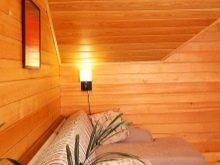
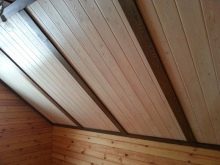
Pine wood panels
Pine lining is made of natural, environmentally friendly material - wood, the natural features of which, as you know, are unique. The lining was created by nature itself as a versatile finishing material for a wide range of applications, which is unusually strong and reliable, demonstrates unexpected lightness when dried. Drying, due to the low saturation of raw materials with moisture, is cheaper (which affects the final price) and takes less time.
A large number of resins in wood are preservatives and imply long-term use of the product. Pine panels do not need additional treatment with antiseptics, light weight facilitates the process of work, and the natural softness of the material contributes to easy installation. The use of such an element is within the power of even a beginner in construction. With proper use, the product can last for a long time. The affordable price makes the material extremely popular. The product is marketed in a wide range of prices and in various configurations.
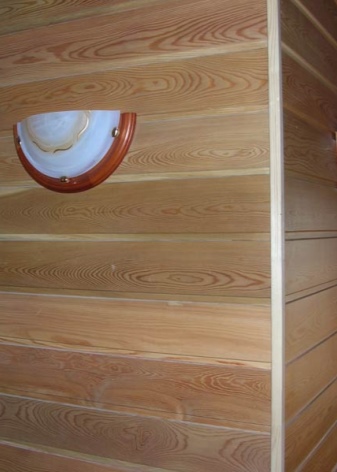
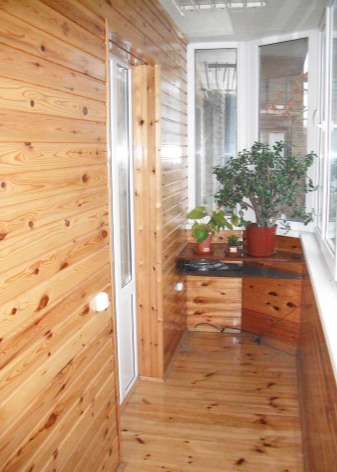
The natural texture of the wood makes an unforgettable impression, the aroma peculiar to conifers creates the absolute illusion of a pine forest. Over time, the wood acquires a noble reddish tint, which adds additional warmth and coziness. The atmosphere of the premises, sheathed with pine panels, has a positive effect on the emotional state and contributes to the active rehabilitation of people.
Such aromatherapy sessions are especially useful for diseases of the respiratory tract.It is for this reason that panels are so popular in the furnishings of recreational and recreational spaces. The material demonstrates the antibacterial properties inherent in coniferous wood, contributes to the disinfection of the environment.
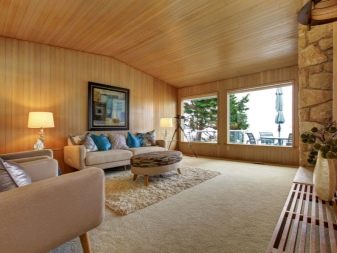
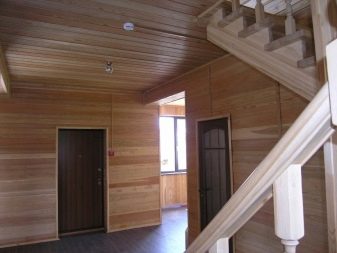
Advantages
The following main advantages of pine panels can be distinguished:
- create an atmosphere of comfort and freshness;
- are of excellent quality;
- easy to process and easy to install;
- offered on the market in a wide range;
- have amazing characteristics;
- strong and very light;
- initially contain a small amount of moisture;
- capable of long-term operation;
- have a pleasant and memorable natural pattern;
- do not need additional treatment with an antiseptic;
- the structure is easy to repair;
- differ in a democratic price.
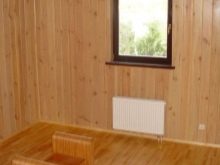
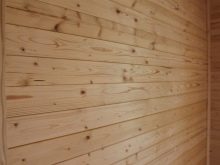
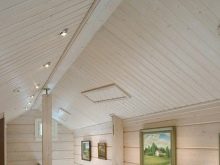
Technical parameters and classification
Products vary in size, moisture, type and class, which ultimately affects the cost of materials. For carrying out various types of work, lining is used that is most appropriate in terms of its characteristics to the task.
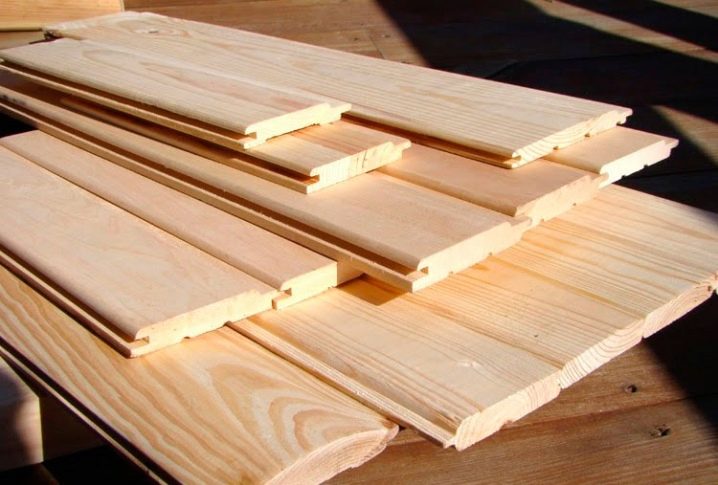
The size
The panels are presented on the market in a large assortment, the differences vary in all respects. Thickness - in the range of 12-22 mm, width is presented even more fully: 96, 120, 130, 145 or 195 mm. It makes sense to choose the size of the cover so as to minimize the level of waste. The price is usually indicated for 1 m2. In rare cases, there may be a price per cubic meter or running meter. Length - from 1.8 m to a maximum of 6 m. This is the most important parameter, it is he who determines the scope of the product. Initially, a short lining, due to the peculiarities of production, is not of the highest quality material, therefore it costs a little less.
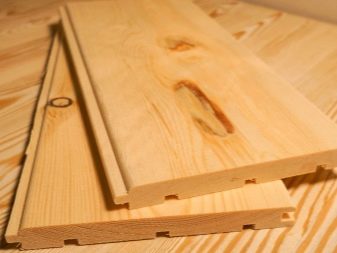
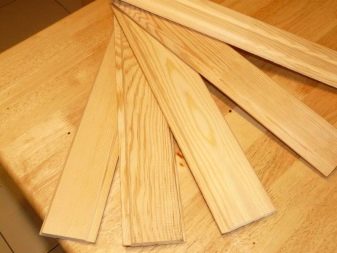
Humidity level
Humidity is an essential technical parameter. The panel can have natural moisture (damp lining) or be processed in special drying chambers (dry lining, water in it - 10-15%). Woodworking enterprises pay great attention to compliance with the rules of heat treatment: this directly affects the quality of the panels. Wood can be processed in a gas environment: it can be a mixture of air with flue gas or steam supplied at atmospheric pressure.
Pine initially has a low natural percentage of moisture content, which allows you to speed up the drying process and make it less costly. A dry panel is lighter and about a quarter more expensive due to the dehumidification process. It is less susceptible to deformation and decay.
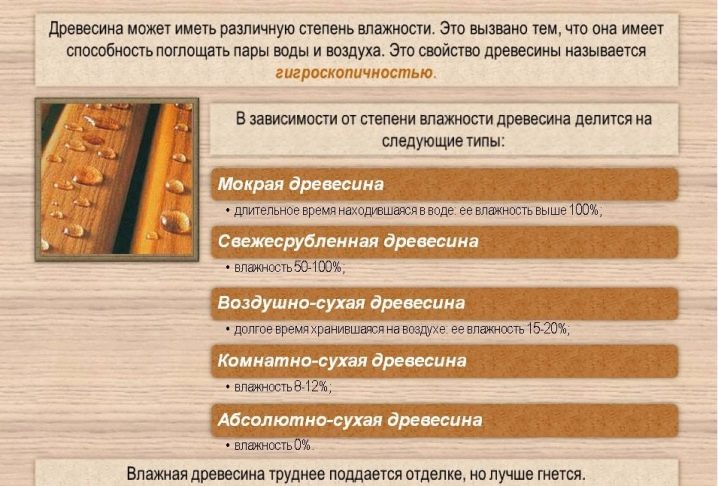
Type of
There are many types of panels on the market, and some of them are quite rare: "tongue-in-groove", double-sided, "American", "taiga" and many others. But there are three main types of pine lining in great demand.
- Lining, standard (quarter) - planed pine board. It is usually made of wood of natural moisture (not dried), the chamfer is selected along the longitudinal side. This is a democratic model for the price and, accordingly, the most widespread. Simple and inexpensive - this is the reason for the high demand for this type of product. Suitable only for technical work - finishing with this material is not carried out! Has a thickness of 15-25 mm.
- Euro lining. Manufactured according to Western standard DIN 68126 with a special lock system. A characteristic feature of the design is a shelf designed to drain moisture during vertical installation (this is most often used). Permissible humidity - 12-16%, thickness - 16 mm.
- Lining calm - planed board. It is made from a completely dried board (12-15% moisture content), chamfers are selected along the longitudinal side. The shelf is not provided by the design. It is specially made 45-55 mm wider than the ordinary euro model (up to 145 mm, when the standard one is 90 mm). Most often used for ceiling decoration. By increasing the panel width, the assembly time of the cover and the complexity of installation are reduced.The best application is horizontal.
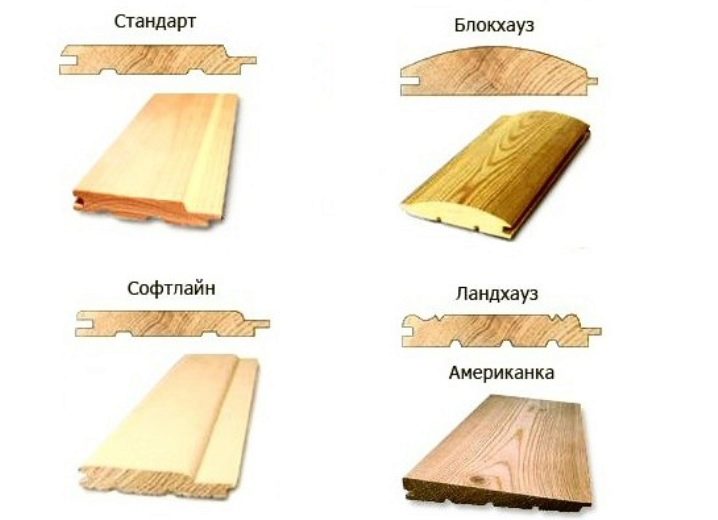
Class
When choosing a material, you need to determine exactly what types of work you plan to carry out: for different purposes, coverings of different classes are used, which ultimately will allow you not to overpay where you can save money and achieve the desired level of cladding quality.
The lining is divided into 4 main classes.
- Extra. The product is of the highest quality and the corresponding price. An ideal option that does not have any flaws in color and wood: there is no knot or core at all, no cracks are allowed. To achieve the most consistent natural wood grain, panels should be taken from the same batch.
- Class A. A little worse than Extra. Several knots and (or) a resin pocket are allowed per 2 m.
- Class B. Small cracks, 2 or 3 knots and a few resin pockets are allowed.
- Fourth grade. Technical wood. The most unclaimed class. Has holes from knots and other types of mechanical damage.
For high-quality interior decoration, it is necessary to use Extra or Class A - this will make it possible to fully exploit the potential of natural pine panels.
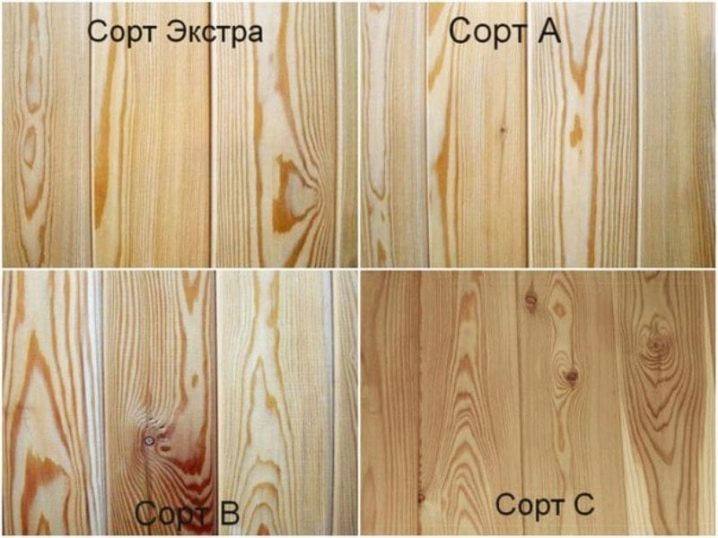
Scopes of pine lining
Natural board finishes have always been in steady demand. It doesn't matter whether you are decorating the interior or doing outdoor work - a panel made of wood will always come in handy. The scope of application of the unique material is unusually wide: the owners of suburban households use clapboard to decorate the facades and lounges in saunas and baths, craftsmen sheathe garages, balconies and loggias, and how the wooden hallways of apartments glow with comfort.
Affordable price and excellent technical characteristics make the material very popular!
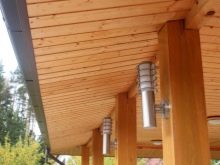
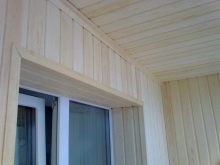
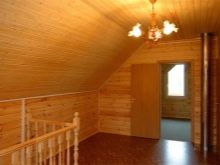
Pine in the bath
The use of pine boards for cladding the premises of the baths occurs from time to time, but it can hardly be called successful for a number of factors.
- Bathrooms have a specific environment: the extremely high temperature in the steam room itself and the very high humidity force you to carefully choose the material.
- Pine boards actively emit resin under the influence of temperature, which creates inconvenience for users.
- In addition, the low moisture resistance of wood reduces the durability of the finish.

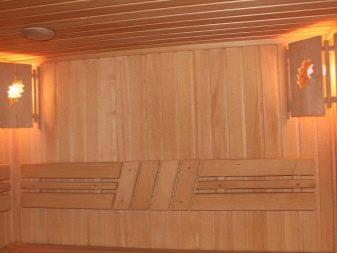
Nevertheless, pine panels find their use in saunas: the dressing room, the rest room and the rest of the adjacent premises can be sheathed with this material. The wonderful smell of pine needles will create an indescribable atmosphere of freshness and increase the level of well-being of those present. Wood has natural bactericidal properties and has a calming effect on the nervous system.
Despite the contraindications, there is no clear prohibition on the use of lining in steam rooms. Experts say that if the pine steam room is thoroughly heated (in the absence of vacationers), and the resin that has come out is removed, then it will be possible to steam for a long time without any fear.
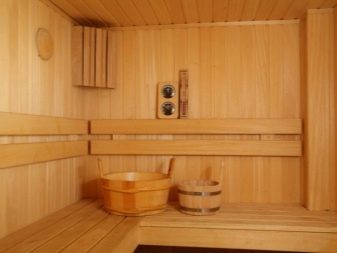
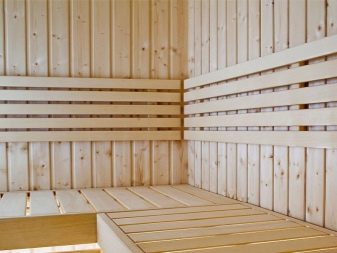
Output
Environmentally friendly lining made of pine boards is able to satisfy the needs of the most demanding owner. The unique capabilities of the material allow you to perform tasks in various conditions: the material is suitable for indoor and outdoor work, for horizontal and vertical cladding.
It is presented in a wide range of classes and types of "lock", has sufficient strength and durability. The choice of pine lining must be approached with a clear calculation, using the technical capabilities of classes and sizes. This is a very practical material that is sold at a very affordable price. Well-assembled pine sheathing will delight you and your guests for many years.
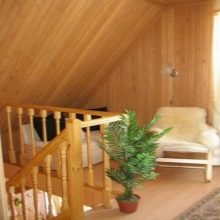
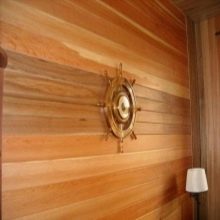
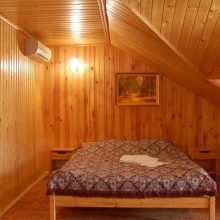
How to sheathe the walls with pine clapboard, see the video below.













The comment was sent successfully.